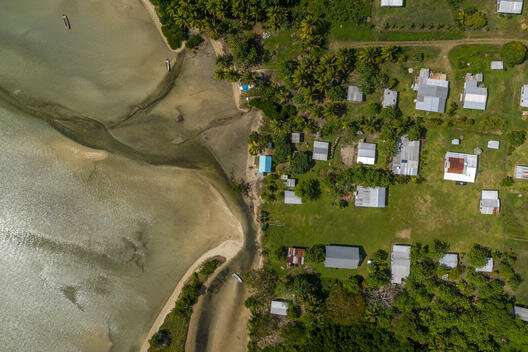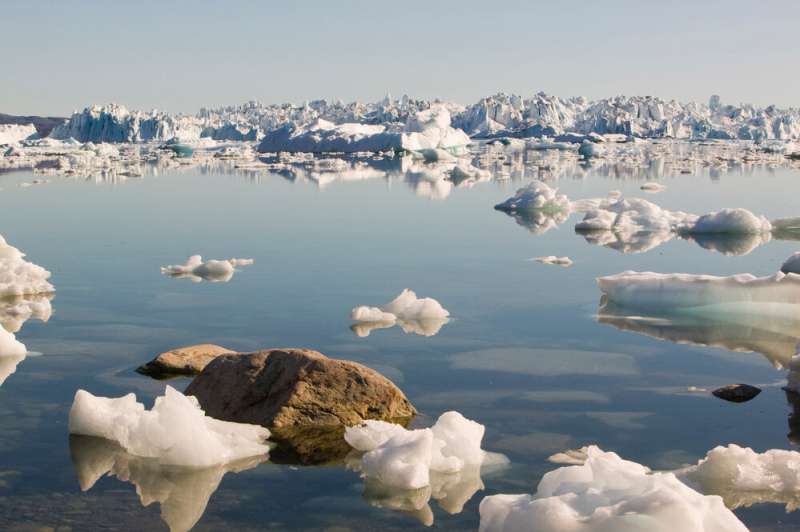1 billion people threatened by climate change risks to oceans, polar and mountain regions, UN report warns

No part of the world will be spared from the impacts of climate change as oceans warm and ice sheets and glaciers melt, causing rapid sea-level rise that could affect one billion people by 2050.
Accelerating changes in the oceans and cryosphere—the earth's snow and ice-covered places—is one of the most dramatic consequences of the climate crisis. A new UN report from the Intergovernmental Panel on Climate Change makes it clear that changes will continue and be irreversible even if the climate stabilizes. For instance, ice-dependent polar species such as walrus and penguins are threatened as their sea ice habitat is disappearing.
However, we can manage the worst risks by sharply cutting emissions. This will give people and nature more time to adapt. When ecosystems are protected and restored, they can continue to support human livelihoods and wellbeing and help mitigate climate risks as well.
This report follows Monday's Climate Action Summit in New York City, where the world's biggest emitters failed to rally to the UN Secretary-General's call to bring ambitious, concrete plans to further cut their emissions.
Dr. Stephen Cornelius, chief adviser on climate change for WWF said: "We cannot gamble with people's lives. Weak country climate pledges mean we probably have better odds of breaking the bank at the Monte Carlo casino than limiting global warming to 1.5°C.
"The politics can't change the science. Given the stakes, leaders must act now to ensure a positive future for the planet and invest in rapid and deep cuts to greenhouse gas emissions as well as significantly increasing funding for resilience and adaptation."

Dr. Peter Winsor, director of WWF's Arctic Programme said: "Unprecedented melting of the Greenland and Antarctic ice sheets and glaciers is now the biggest contributor to global sea-level rise that will impact hundreds of millions of people.
"We can still save parts of our cryosphere, but we must act now. Existing commitments by governments to fight climate change are inadequate. The four million people living in the Arctic are dealing with disappearing food sources and struggling to keep their homes from slipping into the ocean. Polar regions, their people and species, depend on us to take action now."
Heike Vesper, director marine conservation for WWF-Germany said: "By 2050, as sea levels rise and fish stocks shift due to a warming ocean, one billion people who live in low-lying coastal areas will be at risk. This could lead to large scale migration as people avoid flooding and follow the fish they depend on.
"Coastal ecosystems like mangroves and salt marshes can be part of the solution. They can protect against extreme weather and coastal erosion, remove carbon from the air and provide nurseries for fish."
Stuart Orr, leader of WWF's global freshwater practice said: "The melting of mountain glaciers across the world will affect access to water, food production, energy generation and economic activities along rivers—condemning many species to extinction.
"Massively cutting carbon emissions while focusing on adaptation will protect the livelihoods of hundreds of millions of people, and underpin sustainable development from the mountains all the way to the sea."
Provided by WWF




















